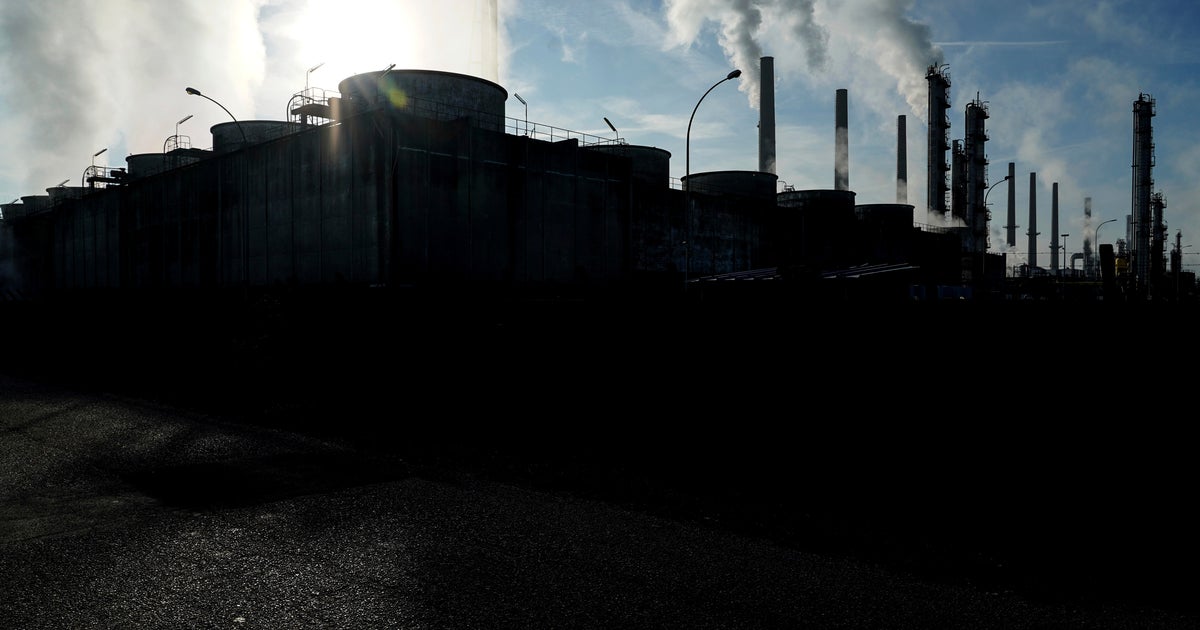Stronger hurricane winds threaten homes — even away from the coasts
Coastal and river communities in the U.S. today face increased flooding as climate change creates conditions linked to stronger hurricanes. But there's another, less-known danger: More powerful winds that can down power lines, blow roofs off homes and cause billions in property damage, according to new research.
By midcentury, hurricanes will endanger an additional 13.4 million properties that are not currently threatened, found the First Street Foundation, a climate change nonprofit that calculates damage from weather disasters. In addition to increased flood risk along the East Coast, more properties located inland and northward — outside of what residents think of as a typical "hurricane" zone — face the prospect of severe wind damage.
"Proportionately, we're expecting to have more major storms — more category threes, fours and fives," said Ed Kearns, chief data officer at the First Street Foundation.
"Because these storms are more likely to be stronger, they are more likely to penetrate further inland," he added. "Those storms that do hit the coast, they will go further inland with higher wind speeds before they decay."
Today, Florida and the Gulf Coast are the epicenter of wind damage, with Florida accounting for 90% of the nation's hurricane damage. By First Street's calculations, the state will continue to face hurricane damage in the years to come, but the worst of it will shift from South Florida northward, closer to Jacksonville.
First Street's model shows that "further inland houses and properties are going to be exposed to tropical storm and hurricane force winds that have not experienced this before," Kearns said.
Windy cities
The East Coast is no stranger to storms. Today, wind counts as the biggest source of damage for homes under traditional homeowners insurance, and "there have been countless high-impact Nor'easters and East Coast hurricanes," said Carl Parker, hurricane, storm and climate specialist at The Weather Channel, in an email.
"Certainly Sandy stands out for producing a massive area of fierce winds, which caused tens of billions in wind damage, apart from the coastal flood damage," he said of the 2012 hurricane, also noting that Hurricane Bob in 1991 produced wind gusts over 140 miles per hour in New England.
Today, these storms are considered an aberration. But research suggests they will become more frequent over the next 30 years as climate change makes stronger hurricanes more common.
As the oceans and the Gulf Stream warm, "There will be even more potential energy for both Nor'easters and tropical cyclones in the future," Parker said. "In a nutshell, more ocean warmth means more potential energy — and more potential for major windstorms on the East Coast."
First Street's calculations show that areas of eastern and central Virginia, Maryland, New Jersey and New York are at risk of stronger wind gusts — brief, sudden increases in a storm's wind speed that can do the most damage, dislodging roof shingles or snapping tree branches. And cities as far inland as St. Louis and Chicago are also likely to face more intense winds, according the the nonprofit.
Because the past decade has seen relatively few hurricanes, First Street predicted the changes by creating 58,000 hurricane models, using the characteristics of today's storms, and subjecting them to current and expected climate conditions.
"The biggest surprise was, with proportionately stronger storms, how much further they can be expected to impact," Kearns said, adding that damages could reach as far inland as Kentucky and Tennessee.
Meanwhile, the highest dollar values for potential increases in property damage are in Brooklyn, New York; Long Island, New York; coastal Virginia; and even as far north as Massachusetts.
In extreme weather situations, the storm's capacity to surprise forecasters can be as important as its severity. Indeed, a storm that would be considered mild in one place used to adverse tropical weather can wreak untold damage in cities less prepared for it, especially the dense suburbs of New Jersey, New York and New England.
Individual homeowners can take some precautions, especially if their property has factors that make it more vulnerable to wind damage, like being taller than neighboring buildings and being close to trees, power poles or other objects that can snap off.
Storm shutters or similar window covers can help safeguard a home during a storm, as can protecting the roof.
"Keeping the roof intact is vital, as a breach often leads to significant wind-driven water damage," Parker said. Options include garage door braces, bolts that connect the roof to the foundation of the house or simple clips that can strengthen the roof-to-wall connection.



